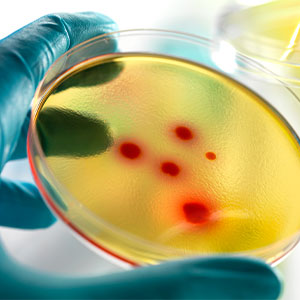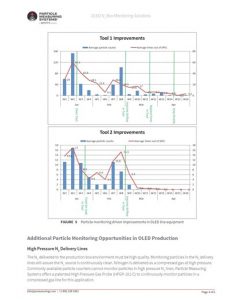Microbial Control and Monitoring in aseptic processing cleanrooms helps ensure product safety while meeting regulatory guidelines such as Annex 1.
Cleanrooms and associated controlled environments provide the control of contamination (inert particles and microbiological entities) to levels appropriate for accomplishing contamination-sensitive activities. Products and processes that benefit from the control of contamination include those in such industries as aerospace, electronics, food and beverages, cosmetics, general healthcare, and medical devices and pharmaceutical products requiring a variety of clean environments.
Environmental Monitoring (EM), particularly in Pharmaceutical manufacturing facilities where the risk of microbial contamination is controlled through aseptic processing, comprises both physical and microbiological test methods. It is a common assumption that if fewer total particulates are present in a cleanroom, it is less likely that airborne microorganisms will be present. This is true only if human operators are the main source of particulate matter in the air. However, it is not possible to clearly distinguish between background total particulate contamination generated largely by mechanical operations and the total particulates contributed by personnel. Thus, it is routine for cleanroom environmental monitoring programs to consist of both a total particulate component and a microbiological component.
The data originated from these EM components provide critical information on how well a stable and suitable environment for the aseptic preparation of medicinal products is maintained.
There are two categories of sterile products (Isaacson, 2009):
- Those that can be sterilized in final container (terminally sterilized)
- Those that cannot be terminally sterilized and must be aseptically prepared
 Products manufactured in aseptic environments include:
Products manufactured in aseptic environments include:
- pharmaceutical sterile products
- bulk sterile drug substances
- sterile intermediates
- excipients,
- stem cells production and preservation
- and, in certain cases medical devices (some particular cases)
Examples of sterile products aseptically filled are:
Non parenteral
- Ophthalmic preparations (e.g., eyes drop)
- Topical products [creams, lotions, ointments], gauze
- Irrigation solutions
- Inhalation
Parenteral
- Intrathecal, Intracerebral, injections (Intra-Venous, Intra-Muscular, Intra-Dermal or Sub-Cutaneous)
- Haemodialysis solutions
- These products can be aseptically filled in a variety of containers (Ampoules, Vials, Bottles, Bags, etc.)
Aseptic processing environments are the most critical in terms of patient risk and that is why they are heavily regulated and closely inspected.
Microbiologically Controlled Environments in the Pharmaceutical Industry
Nonviable particulate and viable microbiological surveillance are used to evaluate the design and control of a cGMP-manufacturing environment. The nonviable particulate monitoring program plays an important role as it is used on a routine basis to verify the maintenance of air classifications.
In general, a comprehensive environmental monitoring program should include scheduled monitoring of:
- Airborne viable
- Nonviable particulates
- Pressure differentials
- Direction of air flow
- Temperature and humidity
- Surface microbial contaminants on personnel and equipment, work tables, floors, and walls.
- As a goal, the environmental monitoring program should provide the following pieces of information:
- Information about the state of control in the manufacturing facility
- Data that is required to be evaluated on both a short- and a long-term basis
- A detection system for microbial and particulate ingress into a facility
- Operators behavior and training
- SOP challenge
- Indicator of HVAC, HEPA, and differential pressure issues
- Provides information on the types of organisms recovered in the facility
- Used as a method for evaluating facility change control
It should be noted that the microbial monitoring within an EM program does not provide an exact quantity and quality of the microorganisms present in the manufacturing area. Numerous studies have shown that there is a large proportion of microorganisms that are viable but unable to grow on the traditional agar media. Therefore, these microorganisms, known as viable but not culturable (VBNC) are not detected using the traditional methodology. In addition, there is the practical fact that traditional methods are unable to sample everywhere and at every time. This methodology provides just observational windows of time. Consequently, the microbial monitoring program is not a way to guarantee the sterility of a given batch by collecting counts under defined specifications, but rather it helps by showing that the manufacturing process is in a continuous state of control.
Interested in learning more? Complete the form on this page to receive a free copy of the Microbial Control and Monitoring in Aseptic Processing Cleanrooms application note.
